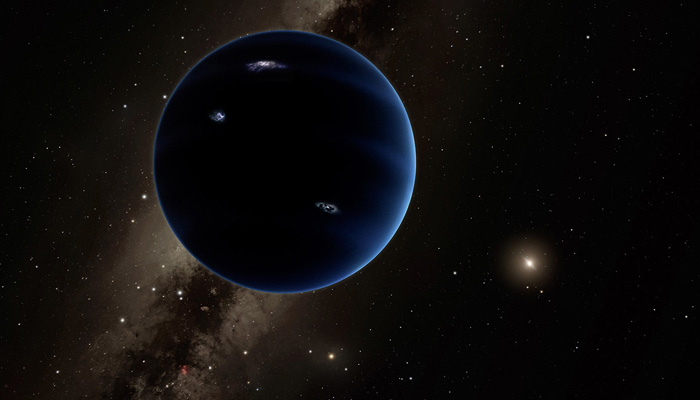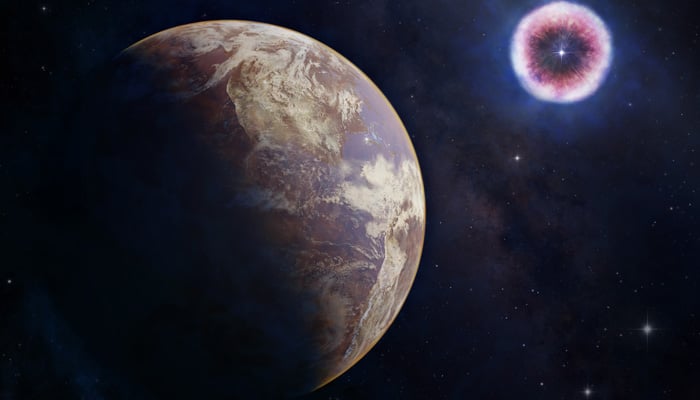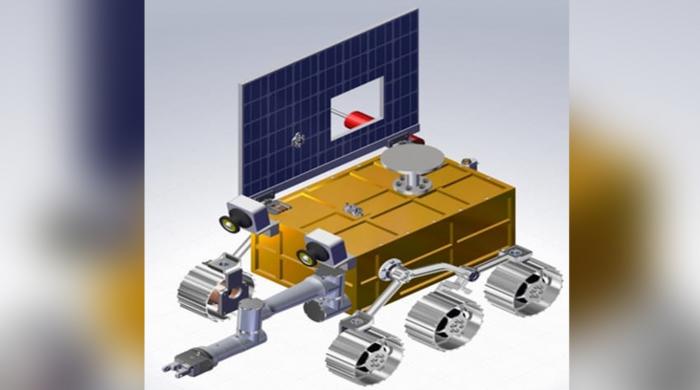How many hidden planets could there be in our solar system?
According to experts, there could be more interstellar objects on this edge of Solar System than earlier thought
July 10, 2023

Scientists are anticipating that there might be Jupiter and Uranus-sized planets hidden in our solar system, possibly at the edge of it, the Independent reported Monday.
Scientists are predicting that the planet may be much farther than the planet X — those planets that live beyond Neptune.
Researchers anticipate that such a planet may be trapped in the Oort Cloud — a shell theorised by astronomers marking the border of the gravitation of the sun and associated satellites.
According to the experts, there could be more interstellar objects on this edge of the Solar System than earlier thought.
With the help of complex computer simulations, scientists assessed how solar systems tend to throw off large planets, and also how a planetary system could catch one such planet.

As such a planet would need kinetic energy to leave the gravitational orbit of its axis star, it also needs a similar amount of energy for another system to bring it in.
Simulations suggested that a small number of such space encounters may end up with a star’s gravitational pull catching a cast-away planet and making its own.
Astronomers said: "This is more likely to happen when such a planet drifts close to a star system's outer edge Oort cloud."
Researchers estimated that "one in every 200-3000 stars could host an Oort cloud planet."
"If the Solar System’s dynamical instability happened after birth cluster dissolution, there is an about 7% chance that an ice giant was captured in the Sun’s Oort cloud," scientists wrote in the study.
But, they also said this prediction is likely an overestimate as the estimate does not account for instabilities that take place at the early stages of a solar system that could affect its star birth cluster, or planet stripping from passing stars.
Relying on the observation, scientists maintained that Oort Cloud planets at the edge of the Solar System are more likely to be adopted from interstellar space rather than being an offspring of the Sun.











